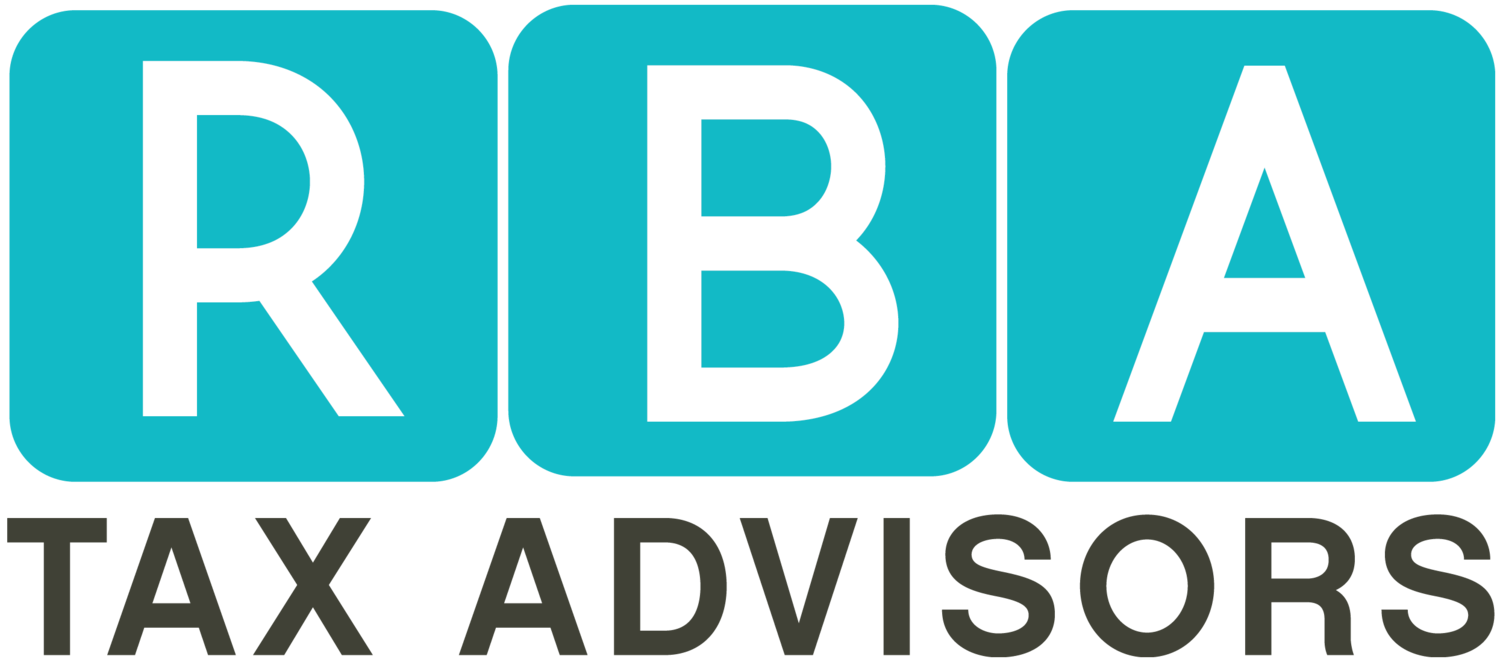For most business owners the best part of tax season is getting large deductions to lower their tax bill. A tax deduction is a decrease in taxable income based on business spending or use of resources.
But what happens, when a business owner doesn’t understand how much they can deduct? This results in spending in areas where deductions will not be maximized and a possibility of having higher taxes than projected.
Understanding the amount you are able to deduct helps you to plan and spend strategically to get the most value from your spending.
When it comes to tax deductions there are huge misconceptions, the 5 most misunderstood deductions will give you the information you need to maximize your deductions in these areas:
1) Business start-up expenses
Startup expense is defined as any money that you spend before the business starts its operations. These expenses are not fully deductible. The deduction for startup expenses is limited to five thousand dollars ($5,000) and only applicable to businesses with a total start-up cost amount of fifty thousand dollars ($50,000) or less. Businesses that require a large cash investment such as restaurants may not be able to deduct 100% of their start-up cost in the year they spend the money. If business start-up expenses are over $50,000 then you get to amortize or capitalize this amount instead of getting a deduction. Also, segregating the cost such as depreciable assets could help to get you the maximum deduction in a year when your business is up and running.
2) Business Gifts
Business gifts are items purchased by the business to benefit a particular person or client. Business gifts are limited to $25 per person. This does not include promotional purchases of items such as cups or pens. Remember to exclude incidental costs since that amount (such as shipping) does not qualify as part of the purchase. What about gifts to employees? Based on the value of the gift, some amounts can be taxable to employees and should be reported on form W2.
3) Business Meals
You may deduct 50% of the price for business meals. If you spend $4,000 during the year, only $2,000 will be deducted on your business return. This includes meals with customers to discuss business, meals while traveling for business and meals with employees where business is discussed. Keeping documentation that states the purpose of the meals is also advised as it enables you to keep the deduction if the IRS audits you. You can also get 100% deduction for meals for the following reasons:
- Dinner provided for employees working overtime
- Lunch ordered in-house for staff meetings
- Activities for employee benefit (e.g. Holiday parties).
Keeping these categories separate can ensure that you maximize your meal deduction if any spending for meals falls in the 100% deduction category.
4) Business Entertainment
Are you thinking about sending your favorite client to his or her favorite sporting event? Like meals, most entertainment expenses are 50% deductible, when the entertainment has a valid business purpose. Tickets to sporting events, leased skyboxes, and tickets to non-profit college sporting games are all limited to a 50% deduction. It is recommended that you keep a record of who was entertained and the purpose of the event. Be careful how you categorize your business entertainment expenses, so you do not miss out on the expenses that are 100% deductible.
5) Business use of car
Small businesses may take deductions for business use of their car. Business owners have two options to take advantage of the mileage deduction (standard mileage and actual cost). For standard mileage, multiply the number of business miles by the standard mileage rate (54 cents for 2016). On the other hand, the actual mileage deduction allows business owners to compute their actual expense for operating the vehicle including, but not limited to include gas, oil, repairs, tires, insurance, registration fees, licenses, and depreciation (or lease payments). The time that you first take the mileage deduction will determine which method you can use in future years. Using the standard mileage in the first year of taking the deduction will allow you to switch methods in years when the actual expense deduction is more than the standard mileage. If you started taking deduction using the actual mileage, then you will need to continue using that method for the following years.
For more tax saving tips, visit www.ronicabrownagency.com/blog


